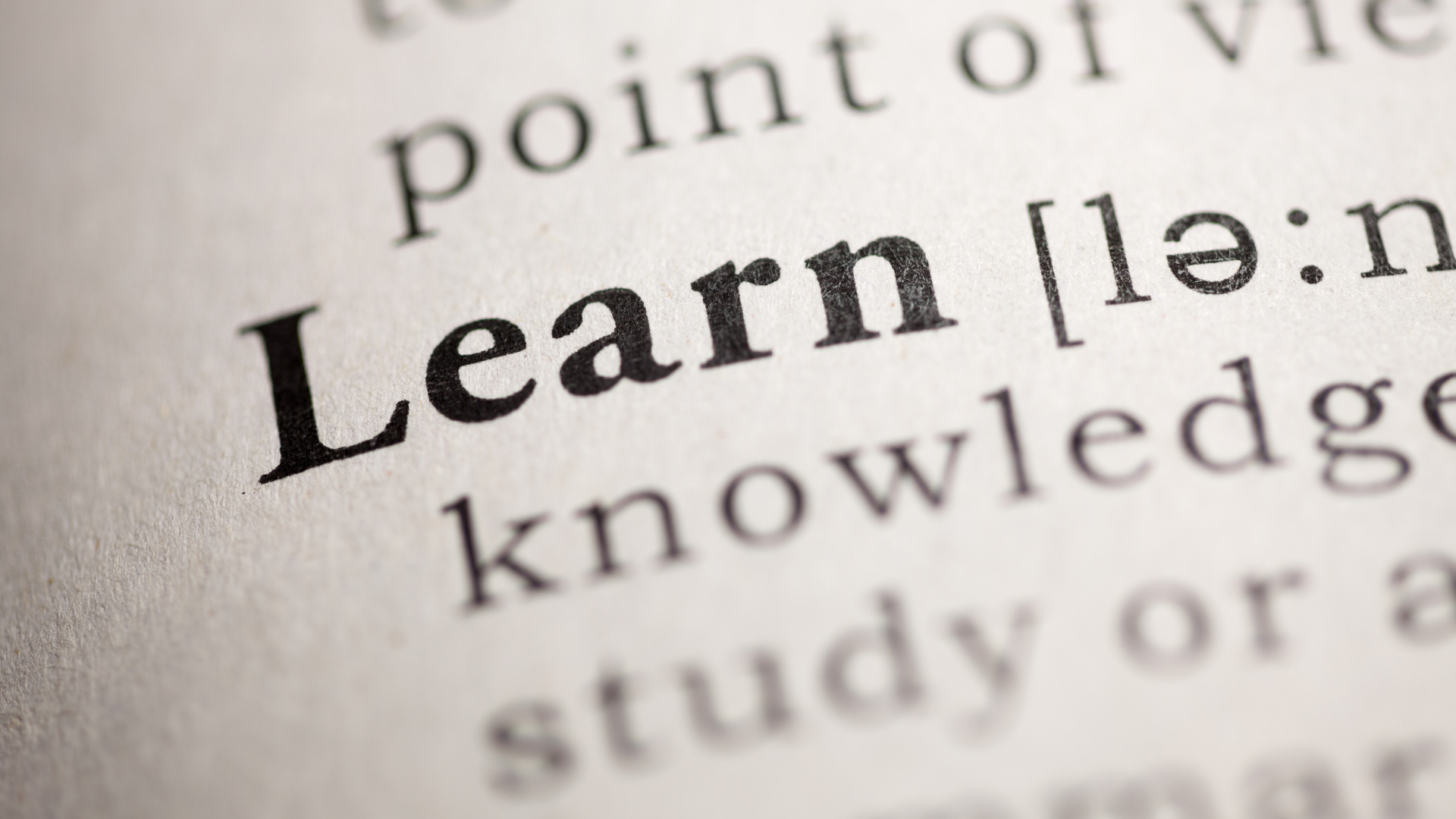The ability to critically reflect on learning and practice is considered a key skill for university graduates, not only from an employability perspective but from the perspective of developing lifelong learners and critical capabilities in students.
Developing the skills in our students to reflect seems to be something that we, as educators value and a skill I would argue that lies at the heart of developing Monash Graduates who are “responsible and effective global citizens and critical and creative scholars” (Monash Graduate Attributes). As an educator who has spent a long career (35+ years) believing in the value of reflection and the importance of students developing this skill, I have a veritable toolkit full of approaches designed to entice students to reflect in meaningful ways – that range from the seemingly effective to the highly ineffective. Here is a brief reflection on my pedagogical endeavours.
There is much written in the scholarship on this topic and tensions are well documented. Ryan (2013) notes that critical reflection is not an intuitive skill, and it can therefore not be taken for granted that students know how to do it. Learners are not often taught how to reflect or how to communicate their disciplinary knowledge through reflection in higher education. Ryan (2013) cautions that attempts to incorporate reflection into assessment tasks with little or no scaffolding results in superficial reflections that have “virtually no impact on learning or future practice” (p. 145). Ryan & Ryan (2013) suggest that “careful consideration is needed to plan deliberate and explicit strategies for improving students’ reflective learning in higher education” (p. 5). However, Hytten & Adkins (2001) cautioned that in undertaking this work, we need to be mindful not to press students too quickly as this may result in students simply “telling us what they think we want to hear” (p. 442).
Over-scaffolding a reflective task can result in inauthentic reflection that becomes a “box ticking” exercise
The literature on the use of reflection in higher education sees the skill of personal reflection as key to nurturing lifelong learning and fostering critical capabilities in students (Bharuthram, 2018). As Bharuthram notes, students themselves view reflection as important in facilitating deeper thinking and understanding about issues, but often report it as a challenging or daunting task. When we ask students to reflect on personal attitudes/values and beliefs that might impact their future professional practice, this can be dangerous work.
Often, if we push students too far, they become uncomfortable and threatened and can push back against our efforts – disavowing both the message and the messenger. A clear example of this happened recently at a prestigious university in Queensland where medical students were asked to consider their own white privilege as part of an assessment task. Students resented the fact that this was attached to assessment for the course and complained to the media.

Research into learning and teaching more broadly recommends the use of frameworks for student reflection. The concern is that, without the scaffolded support of a framework, student reflection becomes a superficial process that does not result in the deep, introspective soul-searching and self-interrogation that the educator intended. However: is the use of scaffolding in the form of frameworks for reflection really useful in supporting students to reflect in critical and meaningful ways? The other side to this debate is that over-scaffolding a reflective task can result in inauthentic reflection that becomes a “box ticking” exercise.
This is particularly true when the reflective activity is attached to a summative assessment task. Raising the stakes where students are attempting to gain the best possible grade for their reflections can result in performative reflections that lack genuine critical self-reflection. In the example of the medical students, above, it was reported that, within the context of this task, students were content to label themselves as racist in order to gain a good mark for the assessment. Indeed, Ross (2014) maintains that attaching marks to student reflections results in an inherent lack of authenticity as “students are strategic and audience aware in their reflective writing” (p. 219). The worry remains, however, that, unless there are marks attached, students will not engage in reflective tasks, despite our best efforts to encourage them to do so.
So, it appears that we are stuck between ‘a rock and a hard place’ when it comes to reflection in higher education. Push students to reflect in meaningful ways but do not push hard enough to cause discomfort and resistance. Use scaffolding to support students to undertake the process of reflection but don’t provide too much scaffolding and render reflections superficial. Attach marks to encourage students to complete reflective tasks but do so at the risk of inauthenticity.
Where is the pedagogical line in the sand? And, I would also ask, if not reflection, then what other teaching strategy will achieve our lofty goals of educational and social change and help us to develop students who are creative, critical thinkers?
References
Bharuthram, S. (2018). Reflecting on the process of teaching reflection in higher education. Reflective Practice, 19(6), 806-817. https://doi.org/10.1080/14623943.2018.1539655
Hytten, K., & Adkins, A. (2001). Thinking through a pedagogy of whiteness. Educational Theory, 51(4), 433-450. https://doi.org/10.1111/j.1741-5446.2001.00433.x
Ross, J. (2014). Performing the reflective self: Audience awareness in high-stakes reflection. Studies in Higher Education., 39(2), 219-232. https://doi.org/10.1080/03075079.2011.651450
Ryan, M. (2013). “The pedagogical balancing act: Teaching reflection in higher education.” Teaching in Higher Education, 18(2), 144-155. https://doi.org/10.1080/13562517.2012.694104
Ryan, M., & Ryan, M. (2013). Theorising a model for teaching and assessing reflective learning in higher education. Higher Education Research & Development, 32(2), 244-257. https://doi.org/10.1080/07294360.2012.661704

Dr Karen Shelley
Karen is a career educator, who began her career with 17 years teaching in high schools before moving into higher education. She has had multiple roles over the past 18 years in higher education including tutor, lecturer, unit coordinator, work on special projects around student engagement and retention and finally learning and educational design. She is passionate about creating engaging and transformative learning environments for students.

Leave a Reply